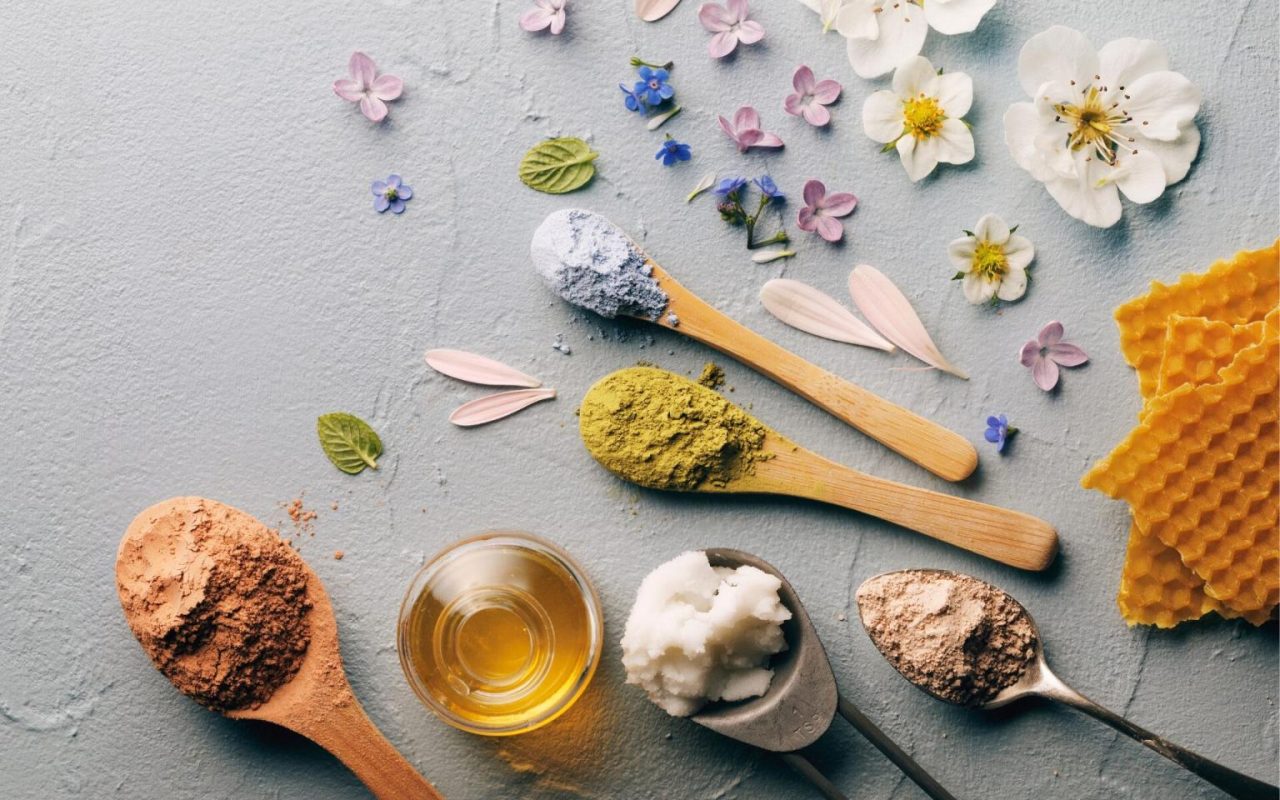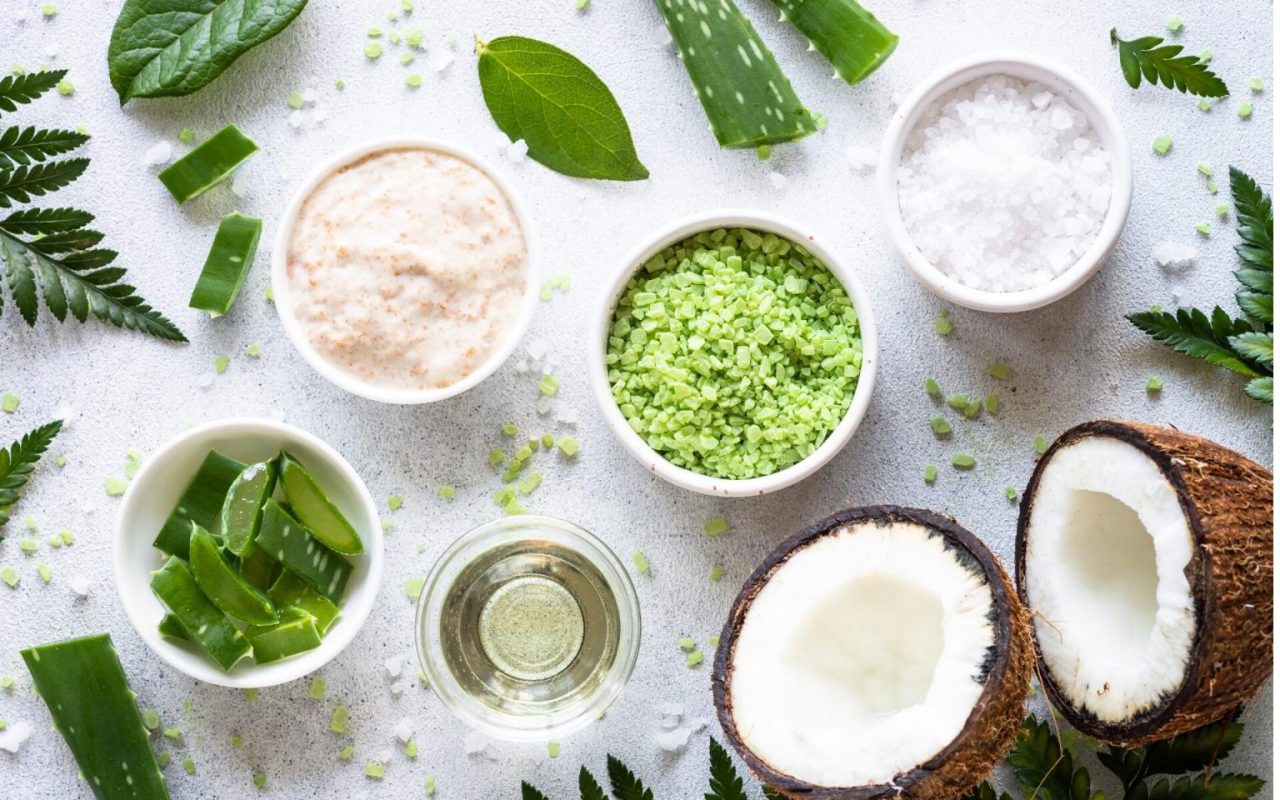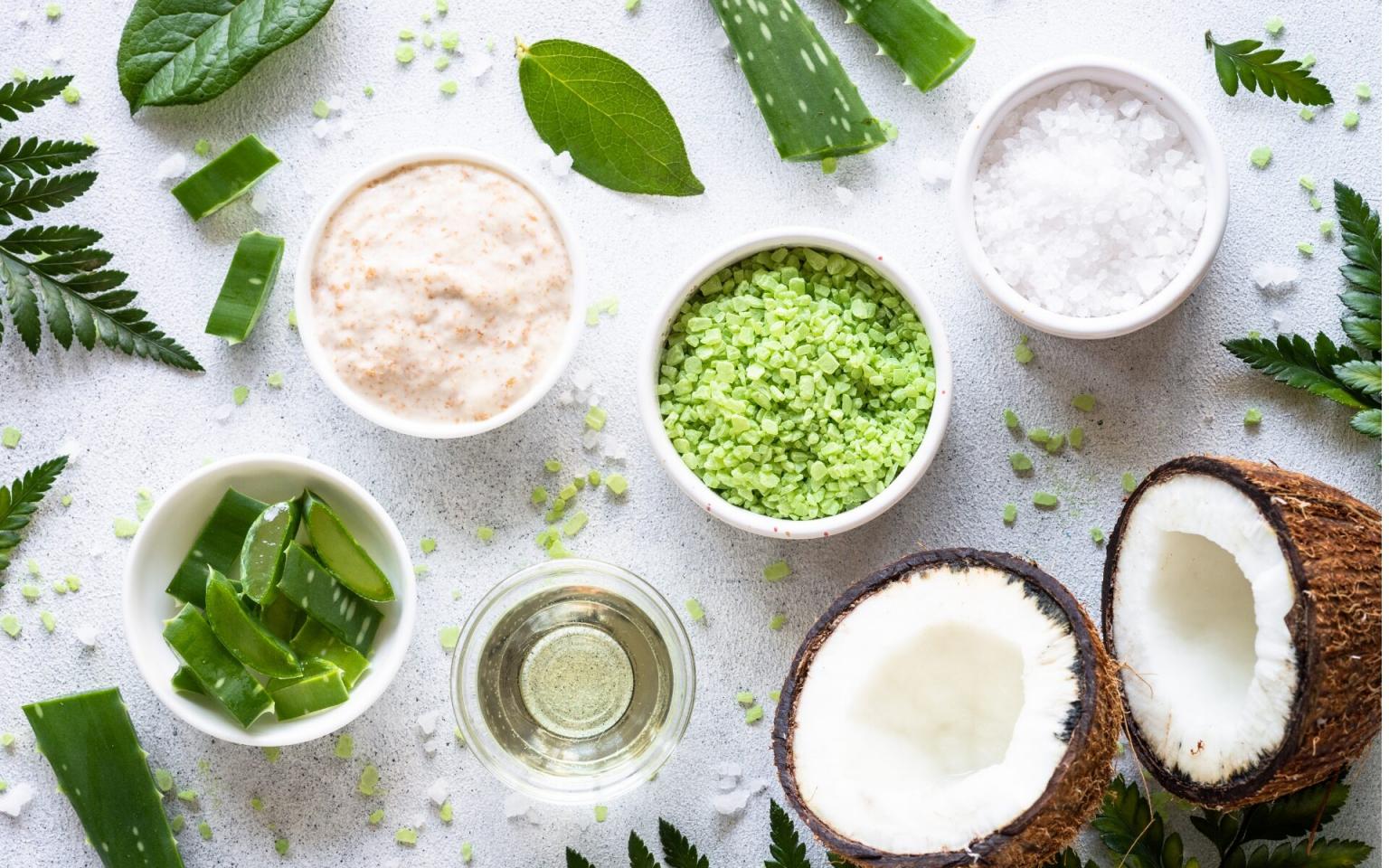Standardized Herbal Ingredients For Cosmetics are plant-derived materials whose key components are defined, measured, and controlled for every lot to ensure consistent potency and behavior in formulas. Suppliers verify marker levels using validated methods like HPLC or GC – MS and provide specifications for purity, safety, and sensory traits. This standardization reduces batch-to-batch variability, stabilizes texture, color, and scent, and strengthens claims and compliance. Examples include Centella standardized to madecassoside, green tea to EGCG, licorice to glabridin, and rosehip oils by fatty-acid profile. But the real story is what happens inside the lab – and on your skin – when every lot hits the same target. How do brands achieve that without dulling the “natural” edge? And which ingredients matter most? Let’s pull back the curtain.

Why Product Consistency Is A Business Strategy, Not A Nice-To-Have
Shoppers don’t read batch numbers; they remember feel. If last month’s moisturizer absorbed cleanly and today’s version pills under makeup, loyalty wobbles. That gap rarely starts on the filling line – it starts in the field. Rainfall, soil minerals, harvest timing, drying temperature, and extraction choices can swing active content dramatically. Uncontrolled, those swings show up as shade drift, off-notes, tackiness, or reduced soothing power.
For brands, variability taxes every team. Customer service sees returns spike. QA burns days on re-tests. Regulatory slows down as claim data no longer aligns with the new lot. Operations patch textures with last-minute thickeners and fragrance masks. Margin shrinks. This is why many formulators now specify Standardized Herbal Ingredients For Cosmetics. By defining clear marker levels – polyphenols, triterpenes, saponins, chemotypes – and verifying them lot by lot, they dose with confidence and build formulas that behave the same across seasons and regions.
The practical upside: fewer emergency reformulations, cleaner stability results, and marketing claims that survive scrutiny. In plain terms, standardization converts botanical variability into repeatable brand experience.
What “Standardized“ Really Means In A Lab, Not Just On A Label
“Standardized“ is a test method plus a tolerance band, not a marketing word. The supplier commits to measurable criteria and proves it with a Certificate of Analysis (COA). For example, a Centella asiatica extract standardized to madecassoside implies validated HPLC methods, system suitability, retention-time windows, and acceptance criteria. A lavender essential oil standardized by chemotype means defined ranges for linalool, linalyl acetate, and cineole verified by GC/MS, not guesswork by nose.
Within Standardized Herbal Ingredients For Cosmetics, you’ll meet several useful families:
- Marker-Standardized Extracts: Green tea with defined EGCG, chamomile with apigenin, grape seed with OPCs. These anchor antioxidant or soothing claims and keep color and astringency predictable.
- Purified Phytochemical Actives: Nature-derived or nature-identical compounds such as resveratrol, glabridin, or quercetin with tight purity specs – ideal when you want dose-response clarity.
- Lipid Fractions And Fixed Oils: Rosehip or sea buckthorn oils defined by fatty-acid profile and peroxide value. Your emolliency stays light, and oxidative notes stay quiet through shelf life.
- Essential Oils With Chemotype Control: Tea tree standardized for terpinen-4-ol for antimicrobial balance without excessive harshness; eucalyptus controlled for cineole to manage sensory strength and irritation risk.
- Encapsulated Or Fermented Botanicals: Actives protected in liposomes or processed by microbes, labeled with loading %, particle size, and release behavior – great for potency and stability.
When choosing among them, think beyond actives alone. Texture, color, odor, preservative stress, and UV exposure all interact with botanical profiles. The tighter and clearer the spec, the easier it is to tune the whole system.
- Proof, Not Promises: What To Ask From Suppliers
A strong standardization partner can show their math. Look for:
- Method summaries (HPLC or GC/MS), reference standards, and validation data (specificity, linearity, precision)
- Lot traceability and change-control notifications
- Microbial limits, residual solvents, allergens profile, and heavy-metal screening
- Stability summaries under heat, light, and oxygen exposure
Those documents don’t just satisfy audits – they shorten development by removing guesswork.

Turning Standardization Into Smoother Formulation And Scale-Up
Once you bring Standardized Herbal Ingredients For Cosmetics into the spec sheet, the day-to-day work gets easier – and safer.
Map benefits to measurable markers. If the product promise is “calms visible redness,” link it to madecassoside or asiaticoside content. If it’s “brightens dullness,” tie the claim to glabridin or arbutin levels. That alignment prevents vague targets and drifting claims.
Design around the whole formula, not just the active. A standardized extract with higher polyphenols may deepen color or add astringency. Plan your pigment load, fragrance balance, and humectant ratio accordingly. Pilot a low, mid, and high marker level within the accepted range to stress-test aesthetics before you lock the spec.
Write release tests that mirror real risk. In addition to identity and assay, set sensory windows – color index, odor descriptors, viscosity range, and pH. That way, incoming goods control catches outliers before they hit the kettle.
✅ Field examples that show the pay-off:
● Calming Creams: A Centella extract with defined madecassoside keeps the soothing profile steady, so your customer with reactive skin doesn’t “age out” of the formula.
● Brightening Serums: Licorice standardized to glabridin supports uniform tone claims, minimizing the need to boost fragrance to mask phenolic off-notes.
● Barrier Oils: Rosehip with a specified linoleic acid content preserves light spreadability and helps avoid seasonal greasiness.
● Scalp Care: Tea tree with a controlled terpinen-4-ol level balances efficacy and tolerability, reducing tingling surprises.
✅ Simple rollout plan (kept lean but rigorous):
- Define The Claim → Map to one or two markers (avoid over-specifying)
- Set Acceptance Bands → Marker %, chemotype ranges, impurities, allergens
- Validate In-Formula → Dose – response mini study, preservative challenge, sensory panel
- Lock Quality Gates → COA match + rapid ID, color/odor limits, viscosity window
- Monitor Post-Launch → Shade drift flags, complaint taxonomy, CAPA triggers
- Hidden Efficiencies You’ll Actually Feel On The Line
Operations teams notice calmer batches: fewer mid-run viscosity corrections, shorter mixing times, and less fragrance masking. Regulatory teams compile tighter dossiers built on repeatable numbers. Marketing stops hedging claims. And most importantly, consumers experience the same feel and results bottle after bottle – exactly what loyalty programs cannot buy on their own.
✅ Common Pitfalls To Avoid (And How To Dodge Them)
- Chasing one hero marker only. Some botanicals need a marker pair (e.g., total triterpenes plus a lead compound) to reflect performance and aesthetics.
- Ignoring carrier effects. Different solvents or encapsulation systems change feel and preservative stress. Specify the carrier and its limits.
- Skipping seasonal lot checks. Vet at least two seasonal lots before scale-up to learn the real-world range you’ll receive.
- Overtight specs. Bands that are too narrow blow up lead times. Set performance-driven, not vanity-driven, tolerances.
CTA: Start A Pilot That Proves Consistency Pays
If you’re ready to de-risk your next launch, run a 500 – 1,000 unit pilot built on Standardized Herbal Ingredients For Cosmetics. We’ll help translate your benefit statement into marker specs, audit supplier documentation, and design a two-cycle stability plan that mirrors reality – not theory. Keep your brand promise: same glide, same tone, same results. Contact us to schedule a formulation review and to receive sample COAs mapped to your target claims.

